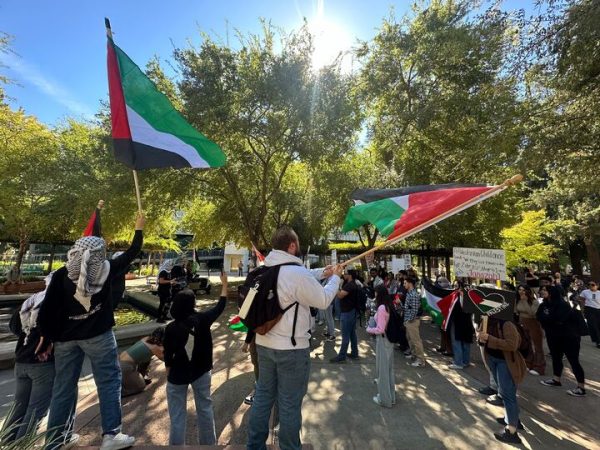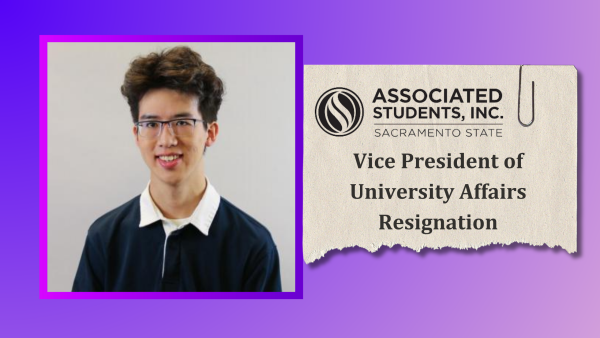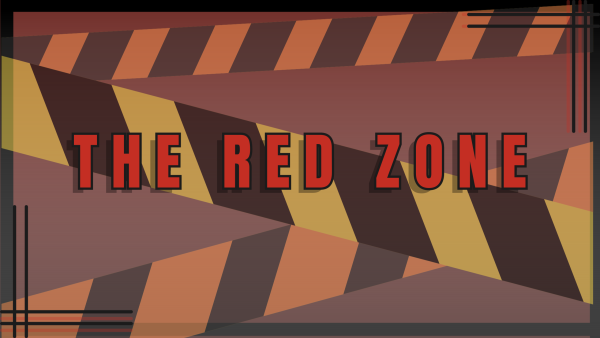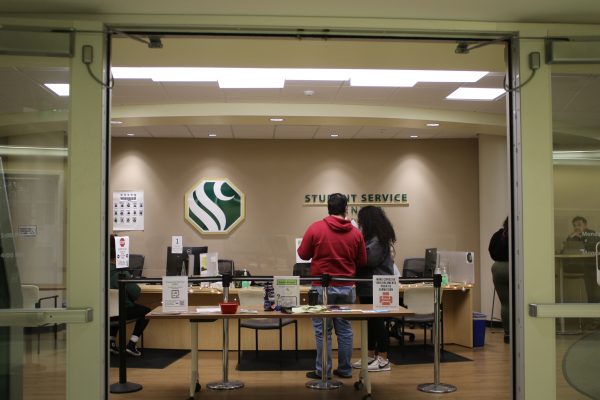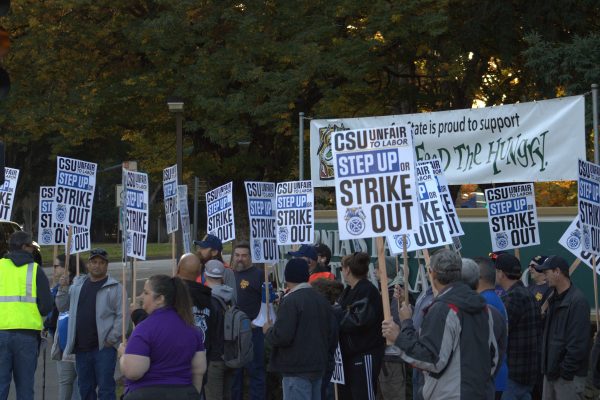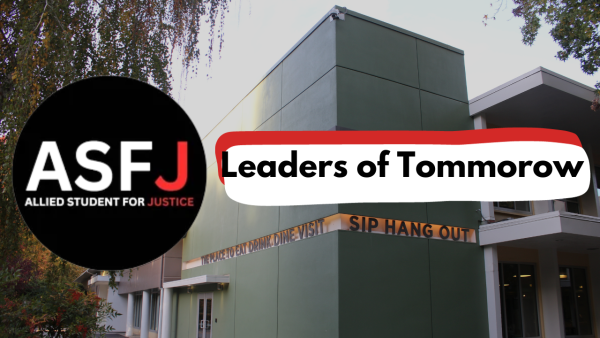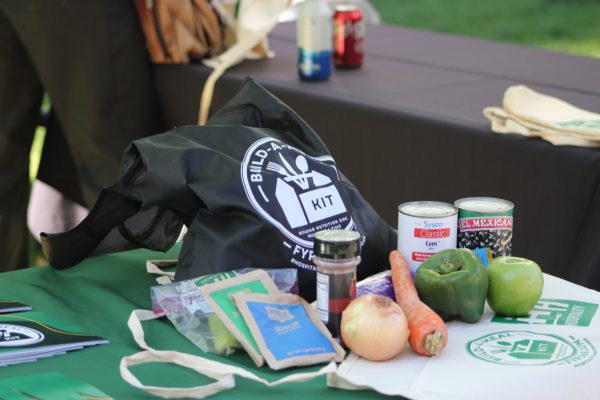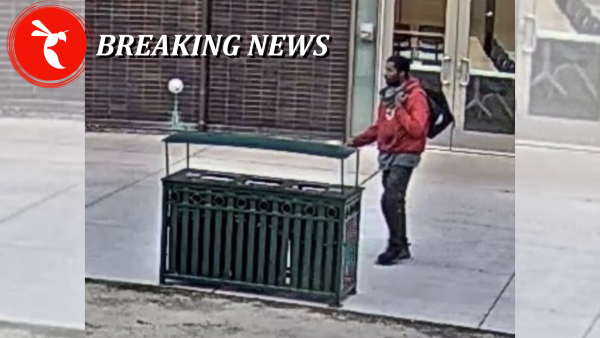Distinguished speech program celebrates 60 years at Sac State
November 11, 2012
Maryjane Rees Language, Speech and Hearing Center celebrated its 60th anniversary at the Alumni Center Saturday night.
Everyone from undergraduate students to graduate students and patients were in attendance at the ceremony Saturday night.
Fred Baldini, the dean of health and human services, said the program has seven departments on campus and has 1700 alumni since the program began in 1952.
Some of the program’s alumni, Ragna Thordardottir and Kelli Johnston, were also in attendance.
Johnston said the program was always welcoming to new students.
“I felt like we, the students, were the most important thing to the faculty and their doors were always open,” Johnston said.
Thordardottir said that she moved here from another country specifically for this program and it changed what she wanted to work with.
“(I) came in with one idea of what I wanted to specialize in and left specializing in a completely different field,” Thordardottir said.
Nora Shimoda, a third-year student in the program, said working with various people will help choose the path a student wants to work in after the program.
“During the senior year of your undergraduate career on campus, you get paired with both graduate students and faculty to work with all types of clients,” Shinoda said. “This is to help you choose, later on after you graduate, where you would like to specialize.”
Patti Osterholm, a speech, language and pathology student, said the program is hard, but what the students learn is worth it in the end.
“You get a well-rounded education in the field here,” Osterholm said. “The first semester everyone has to study and learn about articulation disorders and each semester after that gets progressively harder as you learn about all the other types of disorders in the field.”
Yvonne Davis, a patient of one of the programs since May 2006, said she started having severe trouble speaking as well as being in a wheelchair-bound, but her speech is improving after every visit at the center.
Speech pathology and audiology professor Celeste Roseberry-McKibbin said the students learn not only about the specific disorders in the field but also how to spot whether a child has a true disorder or not.
“Students learn to recognize and distinguish between the kinds of children that have an environmental disadvantage such as being in a low income school, but not a learning or speech pathology disorder and those children that have both an environmental disadvantage and a disability,” Roseberry-McKibbin said.
Beth Jones can be reached at [email protected]
































































































































